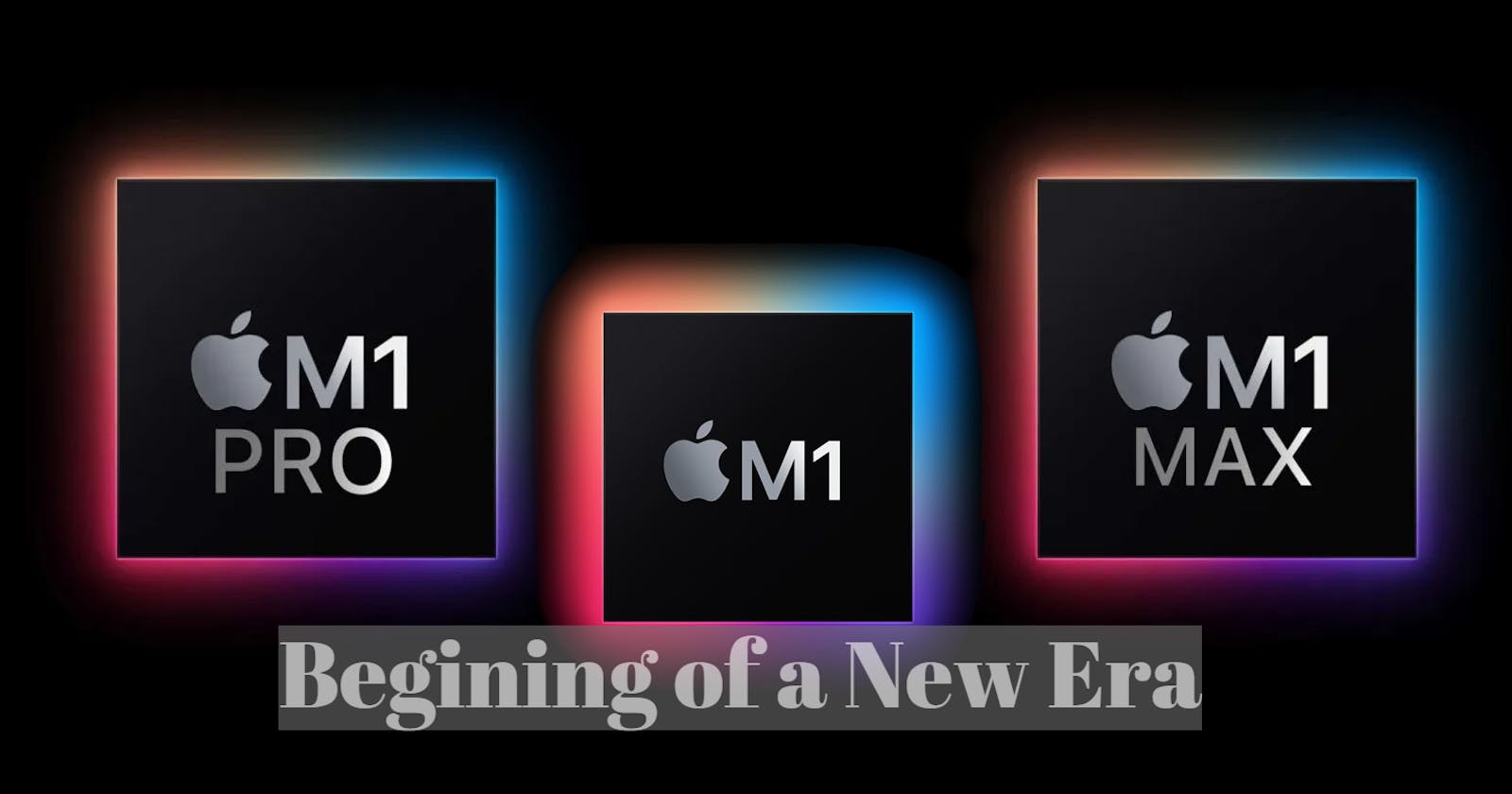Apple in November 2020 released the first Macs with an Arm-based M1 chip, the most powerful chip it has ever created and the first chip designed specifically for the Mac. That day was marked as one of the biggest turning points in the processor industry. As a system on a chip (SoC), the M series combines numerous powerful technologies into a single chip and features a unified memory architecture for dramatically improved performance and efficiency. M1 is the first personal computer chip built using cutting-edge 5-nanometer process technology and is integrated with an outstanding 16 billion transistors. M1 Pro integrated 33.7 billion transistors, more than 2x the amount in M1, and when it comes to M1 Max, it has been integrated massive 57 billion transistors — 70 percent more than M1 Pro and 3.5x more than M1, the most Apple has ever put into a chip. These chips feature the world's fastest CPU core in low-power silicon, the world's best CPU performance per watt, the world's fastest integrated graphics, and breakthrough machine learning performance with the new Apple Neural Engine. As a result, this processor delivers up to 3.5x faster CPU performance, up to 6x faster GPU performance, and up to 15x faster machine learning capabilities, all while enabling battery life up to 2x longer than the previous generation Intel-based Macs.
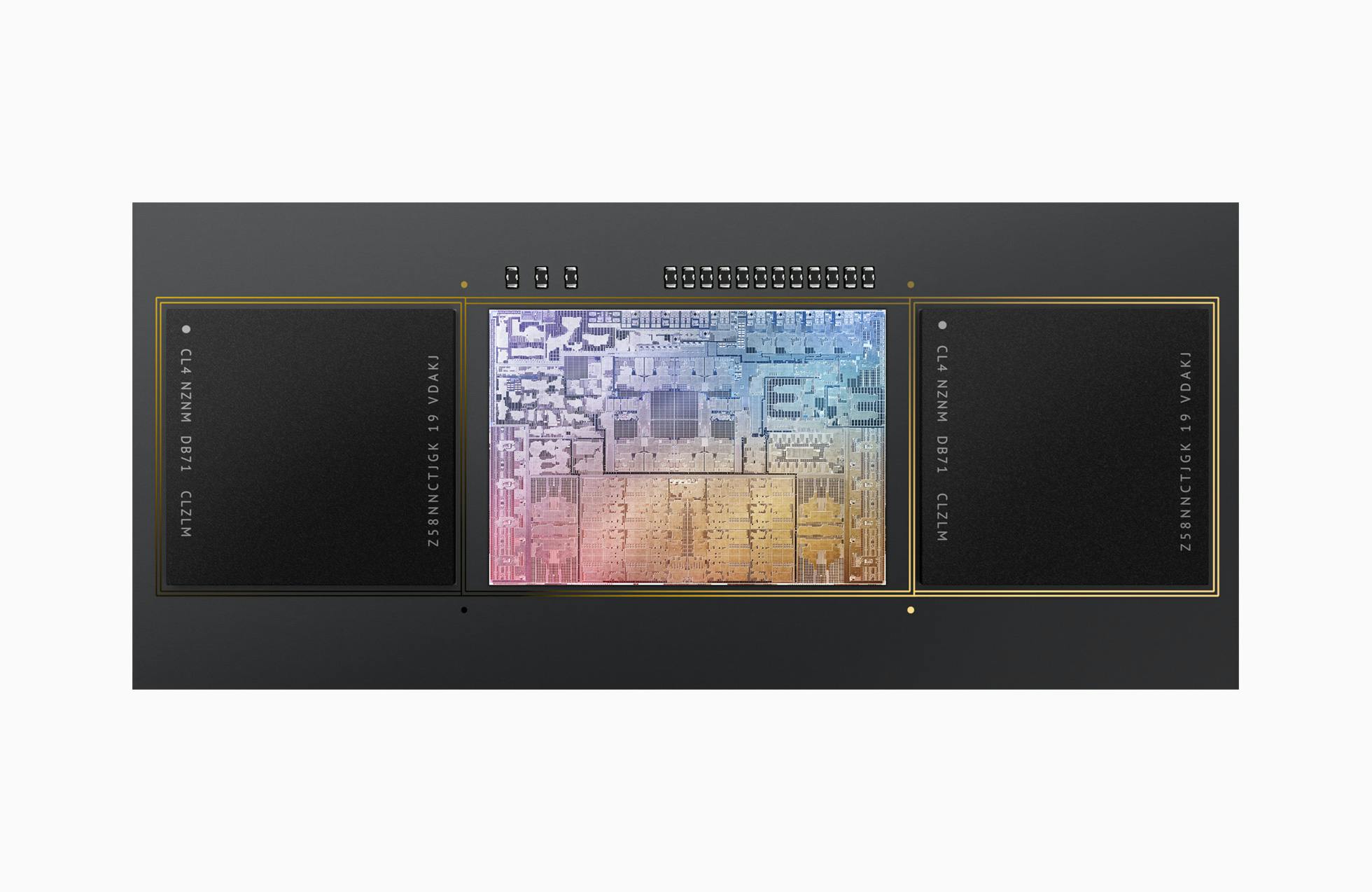
In October 2021, they have released M1 Pro and M1 Max, the next breakthrough chips for the Mac. Scaling up M1's transformational architecture, M1 Pro offers amazing performance with industry-leading power efficiency, while M1 Max takes these capabilities to new heights. The CPU in M1 Pro and M1 Max delivers up to 70 percent faster CPU performance than M1, so tasks like compiling Xcode projects are faster than ever. The GPU in M1 Pro is up to 2x faster than M1, while M1 Max is up to an astonishing 4x faster than M1, allowing users to fly through the most demanding graphical workflows.
There have never been any chips like M1, M1 Pro, and M1 Max, in the history of computer processors. It builds on more than a decade of designing industry-leading chips for iPhone, iPad, and Apple Watch.
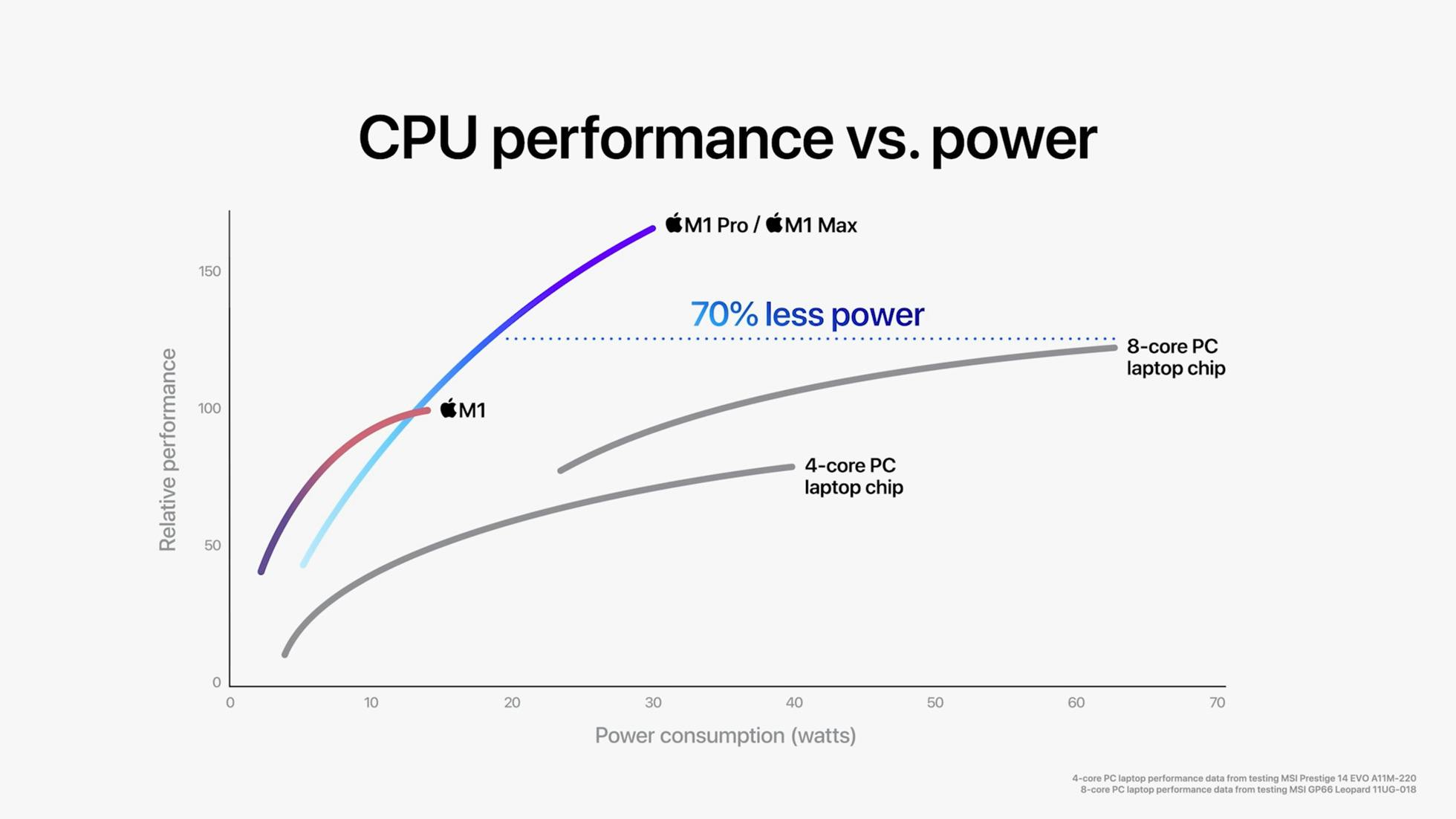
Apple's M series explained
As a "System on a Chip," the M series integrates several different components, including the CPU, GPU, unified memory architecture (RAM), Neural Engine, Secure Enclave, SSD controller, image signal processor, encode/decode engines, Thunderbold controller with USB 4 support, and more, all of which power the different features in the Mac.
In earlier, Apple has used multiple chips for CPU, I/O, and security, but this new approach to integrating these chips is the reason why the M series is so much faster and more efficient than prior Intel chips. The unified memory architecture that Apple has included is also a major factor because all of the technologies in the M series can access the same data without having to swap between multiple pools of memory.
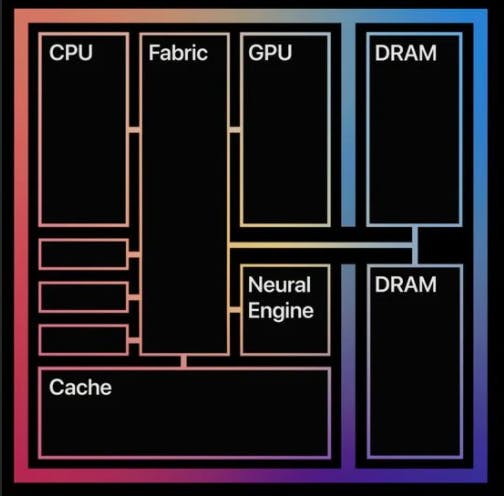
Built into the chip, means the memory architecture (RAM) is not user upgradeable, which isn't too much of a surprise for Apple users. M1 maxed out at 16GB, M1 Pro and M1 Max maxed out at 64GB. but even with the base 8GB on M1 is enough for everyday tasks.
What's different about the M series
Unlike the Intel chips built on the x86 architecture, the Apple Silicon M series uses an Arm-based architecture much like the A-series chips that Apple has been designing for iPhones and iPads for years now.

Advanced Technologies for a Pro System
All the M series are loaded with advanced custom technologies that help push pro workflows to the next level:
- A new display engine drives multiple external displays.
- Additional integrated Thunderbolt 4 controllers provide even more I/O bandwidth.
- Best-in-class security, including the latest Secure Enclave, hardware0verified secure boot, and runtime anti-exploitation technologies.
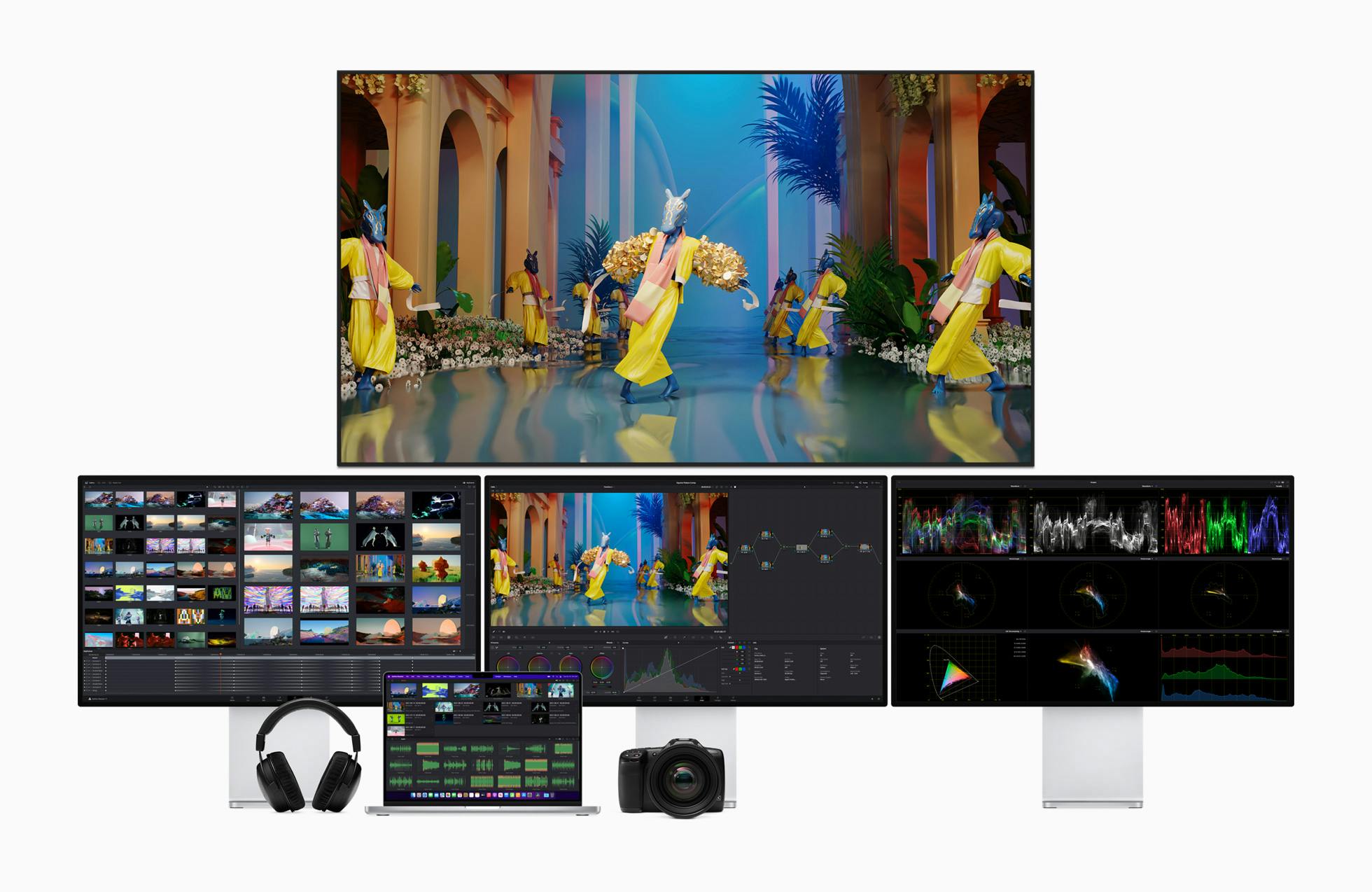
This much technological advancement is always welcome to the consumer market. Because of this big innovation from Apple, the whole technological industry will try to improve and compete with this new technology. As for the end result, consumer-like myself can experience the next level technologies from all the companies including Intel, AMD, Qualcomm, and Samsung. It is already a big win for the end-users.

